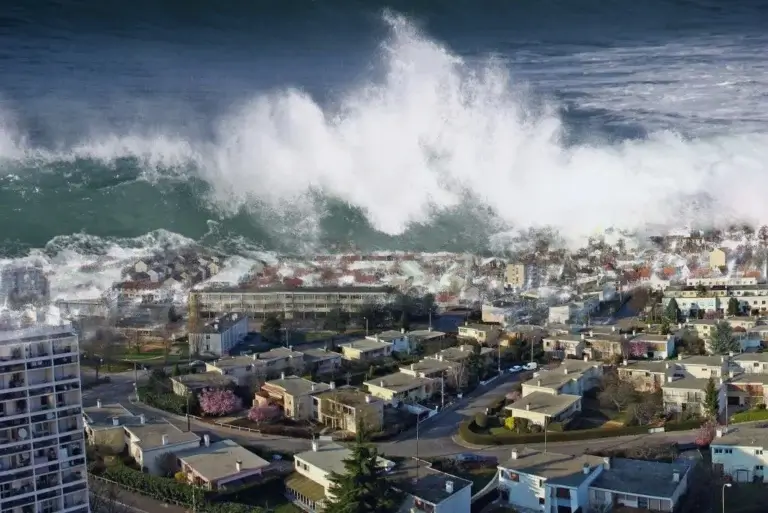Brazil’s Fishing Industry once-thriving fishing industry is facing an unprecedented crisis due to trade barriers implemented during Donald Trump’s U.S. presidency. The sector, which had been steadily growing as a major exporter of seafood products, has seen its American market share shrink dramatically because of punishing tariffs that made Brazilian fish products less competitive.
The trouble began in 2018 when the Trump administration imposed a 25% tariff on steel and 10% on aluminum imports. While these initially targeted industrial metals, the trade dispute soon expanded to include seafood products. Brazil responded with retaliatory tariffs on U.S. goods, but this escalation ultimately hurt Brazilian exporters more. The U.S. market, which had been absorbing about 30% of Brazil’s fish exports, suddenly became much harder to access profitably.

Tilapia and shrimp producers have been particularly affected. These products represented Brazil’s Fishing Industry most promising seafood exports, with annual shipments worth hundreds of millions of dollars. However, the additional 10-25% tariffs imposed by the U.S. forced Brazilian exporters to either raise prices (making them less competitive) or absorb the costs (cutting into already thin profit margins). Many smaller operations couldn’t survive this squeeze.
The impact has been devastating across the supply chain. In key fishing states like Paraná and São Paulo, processing plants have reduced shifts or closed entirely. Thousands of jobs have been lost, from fishermen to factory workers to logistics staff. The Brazilian Fish Industry Association reports that exports to the U.S. fell by nearly 40% in the first two years after the tariffs took effect.
Advertisment
Industry leaders have been pleading with Brazil’s government to negotiate better terms. “We’re being punished for a trade war we didn’t start,” says Carlos Alberto da Silva, head of a tilapia exporters’ cooperative. While the Biden administration has reviewed some Trump-era tariffs, most affecting Brazilian seafood remain in place.
In response, Brazilian exporters are attempting to diversify. Some are targeting Middle Eastern markets, while others are investing in value-added products like pre-marinated fillets to justify higher prices. However, building new markets takes years, and many fear the damage may be permanent.
The crisis highlights how vulnerable export-dependent industries are to political decisions made thousands of miles away. With no quick solution in sight, Brazil’s fishing sector faces a long, difficult recovery that will require government support and industry innovation to overcome. The lessons from this experience may lead to more diversified trade strategies in the future, but for now, the pain continues for Brazil’s fishermen and seafood processors.



